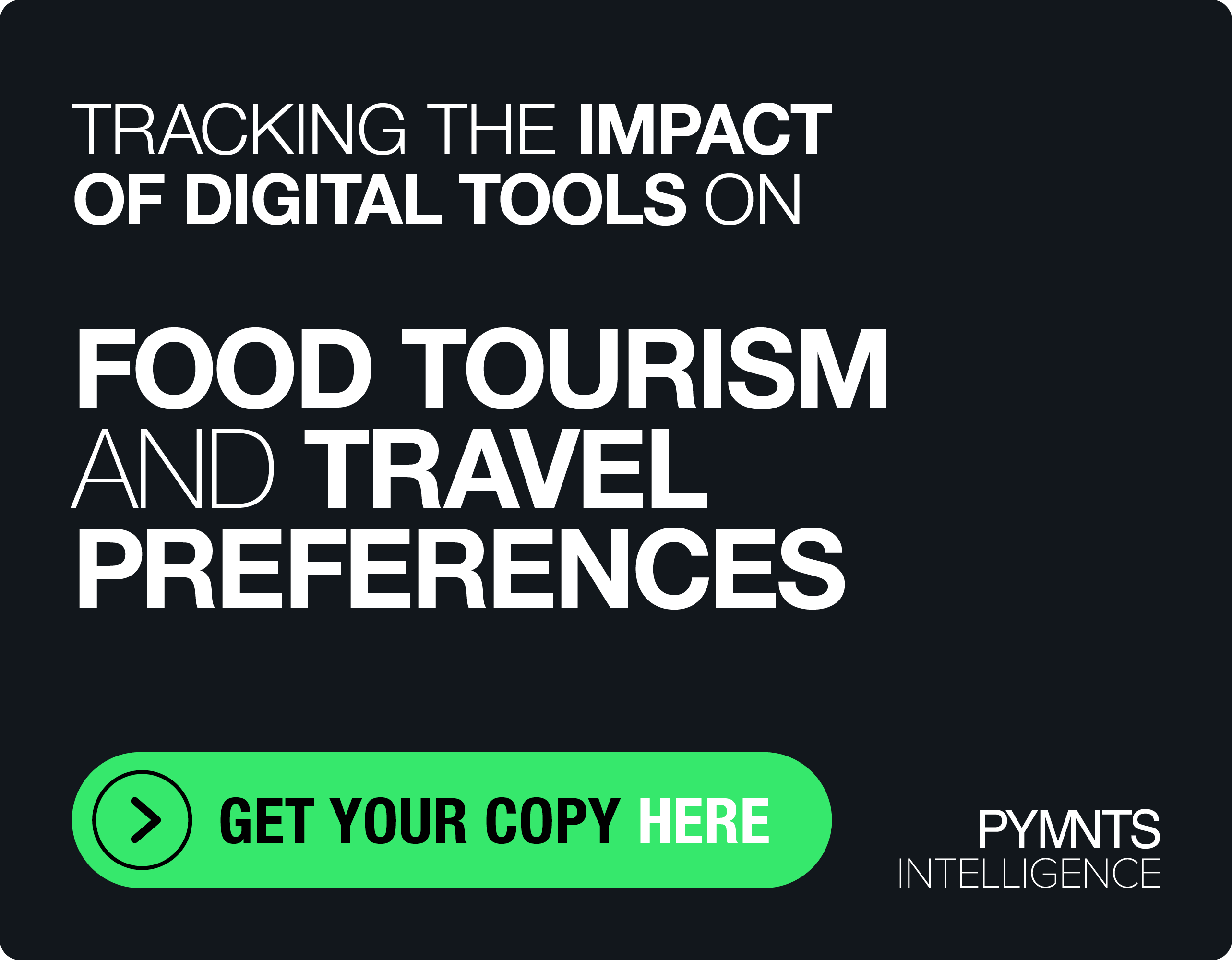Are Patients Really Gaining More Power Over Healthcare Pricing?

Information is power, right?
Sure.
Except when it’s a source of confusion.
That’s the emerging — if very early — story so far with the new requirement that kicked in Jan. 1 that hospitals post their prices online.
The sharing of that information comes amid the rise of other data sources, including wearables, that are providing more healthcare data to consumers, medical professionals and insurers — data that, in theory, could lead to better pricing and payment practices over time in the massive healthcare sector. Some observers have gone as far as to proclaim that power in healthcare over the next decade will increasingly move more toward the patient side thanks to digital technology and associated efforts.
Hospital Pricing Rule
The Trump Administration required that on Jan. 1, hospitals put their list prices online in what supporters of the idea called an effort to bring more transparency to healthcare prices (and, of course, the resulting payments).
No one needs to be reminded how complex those prices and payments can be to even the most seasoned healthcare consumer — and how a price for one person is almost never the price paid for another person, largely because of insurance (or the lack of it). And that lack of clarity affects payment of bills — consumers often don’t pay bills until multiple notices accumulate, unsure whether the first cost figure will end up being adjusted, or because of other facts, including lack of income. As a recent PYMNTS story showed, healthcare providers typically collect about 30 percent of what is owed. More clarity about prices, supporters argue, could help increase those collections, if only indirectly.
“If you’re buying a car or pretty much anything else, you’re able to do some research,” Centers for Medicare and Medicaid Services Administrator Seema Verma said in an interview with HealthITAnalytics.com after her agency proposed the requirement. “You’re able to know what the quality is. You’re able to make comparisons. Why shouldn’t we be able to do that in healthcare? Every healthcare consumer wants that.”
Too Much Confusion?
But critics of the new price-disclosure process are not so sure.
That’s because, as explained in a recent report, those lists are what the industry calls “chargemaster,” which are “massive compendiums of the prices set by each hospital for every service or drug a patient might encounter. To figure out what, for example, a trip to the emergency room might cost, a patient would have to locate and piece together the price for each component of their visit — the particular blood tests, the particular medicines dispensed, the facility fee and the physician’s charge, and more.”
“I don’t think it’s very helpful,” said Gerard Anderson, director of the Johns Hopkins Center for Hospital Finance and Management. “There are about 30,000 different items on a chargemaster file. As a patient, you don’t know which ones you will use.”
In fact, a recent survey report found that “most healthcare providers are worried that the standard charges will not help patients make more informed healthcare decisions.”
Out-of-Pocket Focus?
A better idea?
A concept supported by the Healthcare Financial Management Association calls for a focus on out-of-pocket costs actually paid by consumers instead of hospitals’ standards charges. “This will allow consumers to make meaningful comparisons to help inform patient-centered care choices,” the group said. To do so would likely require the deployment of software that analyzes “historical claims data” to arrive at better estimates of prices, according to Sean Lundy, CMPE, of the Hand & Wrist Center of Houston in a report on RevCycleIntelligence.com.
Consumers have more options for learning about healthcare prices online. For instance, they can turn to sites like HealtcareBlueBook.com, NewChoiceHealth.com and others to learn about common prices, or typical list prices from provider or insurers, for common procedures, among other information. Such sites are not exactly Yelp — the sites understandably require more time for research than does a typical restaurant or bar review site, for starters, and the variables are greater — but they do provide something.
But the stakes are more than serious when it comes healthcare prices, transparency and payments. The burden of medical debt is a very real one that nearly every consumer has direct or indirect knowledge of. Consider the fact that TransUnion found last year that roughly two in three patients do not pay their balance in full.
The long-term trend may indeed be moving in favor of patients when it comes to healthcare pricing and payments, but the steps so far have been relatively small.
